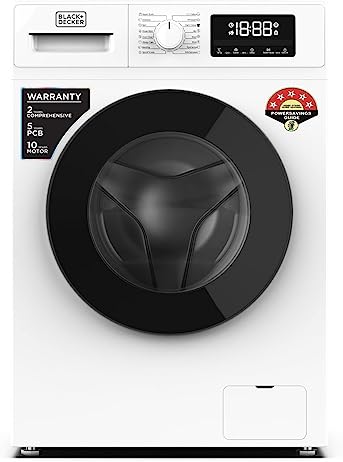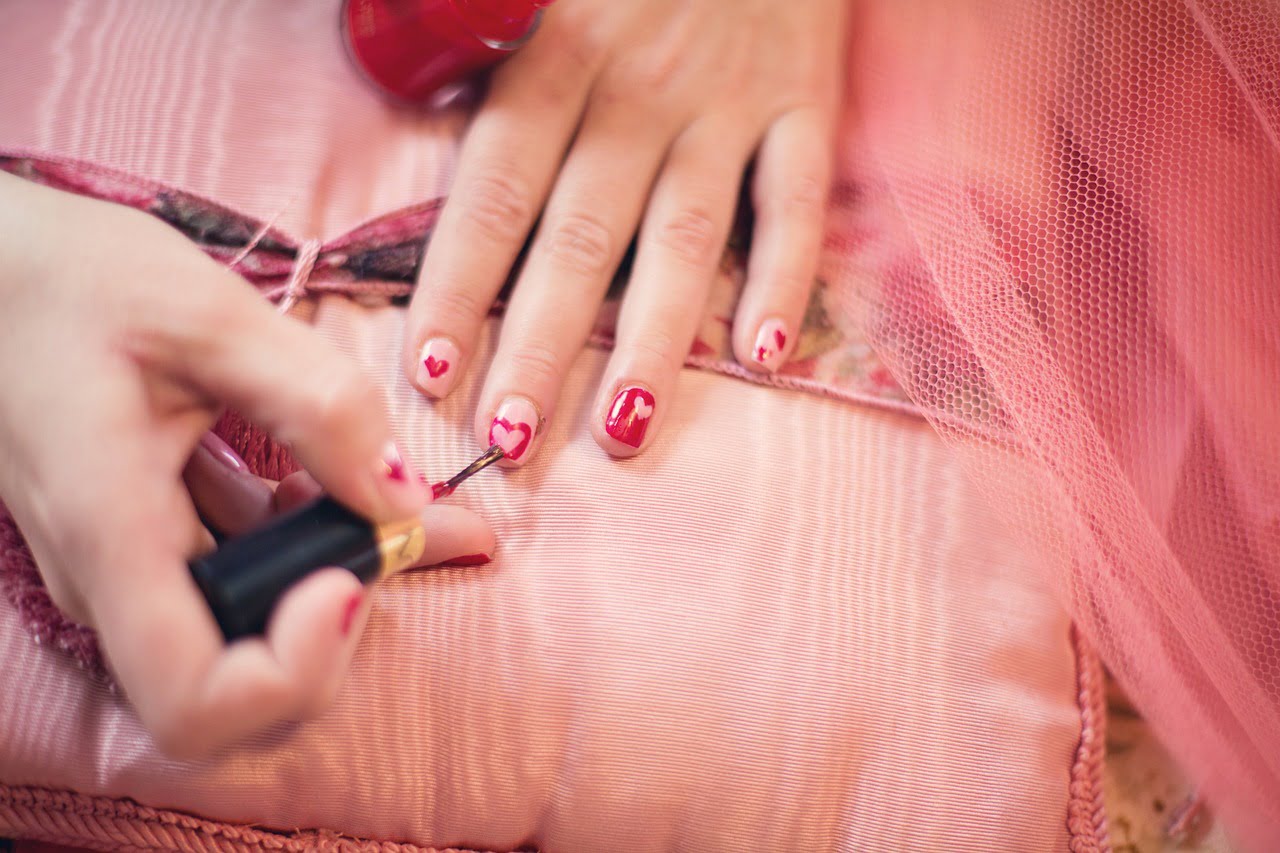Canvas painting is a popular and enjoyable hobby that can unleash your creativity and produce beautiful artworks for your home or as gifts. Canvas painting is also a great way to relax and express yourself, as well as learn new skills and techniques. Whether you are a beginner or an experienced painter, canvas painting can offer you many benefits and possibilities.
In this blog, we will guide you through the basics of canvas painting, such as what materials you need, how to prepare your canvas, how to choose a design, and how to paint on canvas. We will also share some tips and tricks to help you improve your canvas painting skills and some inspiration and ideas for your next canvas painting project.

What Materials Do You Need for Canvas Painting?
To start canvas painting, you will need the following materials:
- Canvas: Canvas is the surface on which you will paint. Canvas is made of cotton or linen fabric that is stretched over a wooden frame. Canvas comes in different sizes, shapes, and textures. You can buy pre-stretched canvas from art stores or online, or you can stretch your own canvas using canvas fabric and stretcher bars. You can also use canvas boards or panels, which are canvas fabric glued to a cardboard or wood backing.
- Paint: Paint is the medium that you will use to create your artwork. Paint comes in different types, such as oil, acrylic, watercolor, gouache, etc. Each type of paint has its own characteristics, advantages, and disadvantages. For beginners, acrylic paint is recommended, as it is easy to use, fast-drying, versatile, and affordable. Acrylic paint can be used on various surfaces, such as canvas, wood, paper, etc. Acrylic paint can also be mixed with water or other mediums to create different effects and textures.
- Brushes: Brushes are the tools that you will use to apply paint on the canvas. Brushes come in different sizes, shapes, and materials. The size of the brush determines how much paint it can hold and how large an area it can cover. The shape of the brush determines the type of strokes and details it can create. The material of the brush determines how soft or stiff it is and how well it holds and releases paint. For beginners, synthetic brushes are recommended, as they are durable, easy to clean, and suitable for acrylic paint. You can buy a set of brushes with different sizes and shapes, such as round, flat, filbert, fan, etc.
- Palette: A palette is a surface that you will use to mix your paint colors. A palette can be made of plastic, metal, wood, ceramic, glass, or paper. You can buy a palette from art stores or online, or you can use any flat surface that is smooth and non-porous. You can also use disposable palettes or palette paper that you can throw away after use.
- Easel: An easel is a stand that holds your canvas while you paint. An easel can be made of wood or metal and can be adjustable in height and angle. An easel can help you paint more comfortably and accurately by providing stability and support for your canvas. You can buy an easel from art stores or online, or you can use any sturdy surface that can hold your canvas upright.
- Other materials: Besides the above-mentioned materials, you may also need some other materials for canvas painting, such as:
- A pencil and an eraser for sketching your design on the canvas
- A ruler and a compass for measuring and drawing shapes
- A palette knife for mixing paint and creating textures
- A spray bottle for spraying water on the canvas or the paint
- A rag or a paper towel for wiping off excess paint or mistakes
- A varnish for sealing and protecting your finished painting
How to Prepare Your Canvas for Painting?
Before you start painting on your canvas, you need to prepare it properly to ensure a smooth and even surface that will accept the paint well. Here are the steps to prepare your canvas for painting:
- Choose your canvas: As mentioned earlier, you can choose between pre-stretched canvas or stretch your own canvas using canvas fabric and stretcher bars. Pre-stretched canvas is more convenient and ready to use but may be more expensive and limited in size and shape options. Stretching your own canvas is more economical and customizable but may require more time and skill.
- Prime your canvas: Priming your canvas means applying a layer of gesso on it to seal the fabric pores and create a smooth and non-absorbent surface that will prevent the paint from sinking into the fabric fibers. Gesso is a white acrylic-based primer that can be bought from art stores or online. To prime your canvas, follow these steps:
- Lay your canvas flat on a clean surface or prop it up on an easel
- Stir your gesso well and pour some of it on a palette or a disposable plate
- Dip a large flat brush or a foam roller in the gesso and apply it evenly on the canvas, starting from the center and moving outward
- Cover the entire canvas with a thin layer of gesso, making sure to fill in any gaps or holes
- Let the gesso dry completely, which may take from 30 minutes to a few hours depending on the temperature and humidity
- Apply a second layer of gesso if needed, following the same steps but painting in the opposite direction of the first layer
- Let the gesso dry completely again before painting on it
- Sketch your design: Sketching your design on the canvas means drawing the outline of your painting using a pencil. Sketching your design can help you plan your composition, proportions, and perspective and avoid mistakes later. To sketch your design, follow these steps:
- Choose a reference image or an idea for your painting and print it out or have it on your phone or computer
- Use a ruler and a compass to measure and draw the basic shapes and elements of your painting, such as the horizon line, the focal point, the foreground, the background, etc.
- Use a pencil to lightly draw the outline of your painting on the canvas, following your reference image or idea
- Erase any unwanted lines or marks using an eraser
- Adjust your sketch as needed until you are satisfied with it
How to Choose a Design for Canvas Painting?
Choosing a design for canvas painting means deciding what you want to paint on your canvas. Choosing a design can be fun and exciting but also challenging and overwhelming. Here are some tips to help you choose a design for canvas painting:
- Choose something that interests you: The best way to choose a design for canvas painting is to choose something that interests you, something that you are passionate about, curious about, or inspired by. For example, you can choose something related to your hobbies, your favorite places, your memories, your dreams, etc. Choosing something that interests you can make your painting more enjoyable and meaningful.
- Choose something that suits your skill level: Another way to choose a design for canvas painting is to choose something that suits your skill level, something that you can paint confidently and comfortably. For example, if you are a beginner, you can choose something simple and easy, such as geometric shapes, flowers, landscapes, etc. If you are more experienced, you can choose something more complex and challenging, such as portraits, animals, still life, etc. Choosing something that suits your skill level can make your painting more satisfying and rewarding.
- Choose something that matches your style: A third way to choose a design for canvas painting is to choose something that matches your style, something that reflects your personality and preferences. For example, you can choose something based on your favorite colors, themes, moods, genres, etc. You can also choose something based on your favorite artists or styles of art. Choosing something that matches your style can make your painting more expressive and unique.
How to Paint on Canvas?
Painting on canvas means applying paint on the canvas using brushes or other tools to create your artwork. Painting on canvas can be done in different ways depending on the type of paint, the type of brush, the type of technique, etc. Here are some general steps to paint on canvas:
- Choose your paint: As mentioned earlier, you can choose between different types of paint for canvas painting, such as oil, acrylic, watercolor, gouache, etc. Each type of paint has its own characteristics, advantages, and disadvantages. For beginners, acrylic paint is recommended as it is easy to use, fast-drying, versatile, and affordable.
- Choose your brushes: As mentioned earlier, you can choose between different sizes, shapes, and materials of brushes for canvas painting. The size of the brush determines how much paint it can hold and how large an area it can cover. The shape of the brush determines the type of strokes and details it can create. The material of the brush determines how soft or stiff it is and how well it holds and releases paint. For beginners, synthetic brushes are recommended as they are durable, easy to clean, and suitable for acrylic paint. You can buy a set of brushes with different sizes and shapes, such as round, flat, filbert, fan, etc.
- Choose your palette: As mentioned earlier, you can choose between different types of palette for canvas painting, such as plastic, metal, wood, ceramic, glass, or paper. A palette is a surface that you use to mix your paint colors. You can buy a palette from art stores or online, or you can use any flat surface that is smooth and non-porous. You can also use disposable palettes or palette paper that you can throw away after use.
- Mix your colors: Mixing your colors means combining two or more colors of paint to create a new color or shade. Mixing your colors can help you create more variety and harmony in your painting. To mix your colors, follow these steps:
- Squeeze some paint of the colors you want to mix on your palette, leaving some space between them
- Use a palette knife or a brush to pick up some paint of one color and place it next to the paint of another color
- Use the same tool to blend the two colors together until you get the desired color or shade
- Repeat the process with other colors as needed
- Clean your tool with water or a rag before using it for another color
- Paint your background: Painting your background means applying paint on the canvas to create the base layer of your painting. Painting your background can help you set the tone and mood of your painting, as well as cover any unwanted marks or stains on the canvas. To paint your background, follow these steps:
- Choose a color or a combination of colors for your background, depending on the theme and style of your painting
- Use a large flat brush or a foam roller to apply paint on the canvas, starting from the edges and moving inward
- Cover the entire canvas with a thin and even layer of paint, making sure to fill in any gaps or holes
- Let the paint dry completely before painting over it
- Paint your foreground: Painting your foreground means applying paint on the canvas to create the main elements and details of your painting. Painting your foreground can help you bring your painting to life and show your creativity and expression. To paint your foreground, follow these steps:
- Choose a design or an idea for your painting, such as an image, a scene, a word, etc.
- Use a pencil to lightly sketch your design on the canvas, following your reference image or idea
- Use different sizes and shapes of brushes to apply paint on the canvas, following your sketch and adding details and textures as you go
- Use different colors and shades to create contrast and depth in your painting
- Adjust your painting as needed until you are satisfied with it
- Finish your painting: Finishing your painting means applying the final touches and protecting your painting from damage. Finishing your painting can help you enhance and preserve your painting for a long time. To finish your painting, follow these steps:
- Use a small round brush or a fine tip marker to add any highlights, shadows, outlines, or signatures to your painting
- Let the paint dry completely before touching or moving it
- Use a varnish to seal and protect your painting from dust, moisture, UV rays, etc.
- Apply a thin and even layer of varnish on the canvas using a large flat brush or a spray bottle
- Let the varnish dry completely before displaying or storing it
Tips and Tricks for Canvas Painting
Here are some tips and tricks to help you improve your canvas painting skills and make your painting more fun and easy:
- Use quality materials: Using quality materials can make a big difference in your canvas painting experience and result. Quality materials can provide you with better performance, durability, and safety. For example, using quality paint can give you more vibrant and lasting colors, using quality brushes can give you more control and precision, using quality canvas can give you more smoothness and stability, etc.
- Experiment with different techniques: Experimenting with different techniques can help you learn new skills and discover new possibilities in canvas painting. Different techniques can create different effects and textures in your painting. For example, you can try dry brushing, wet-on-wet, glazing, scumbling, stippling, splattering, etc.
- Practice regularly: Practicing regularly can help you improve your canvas painting skills and confidence. Practicing regularly can help you master the basics, develop your style, overcome challenges, and express yourself better. You can practice by following tutorials, copying other paintings, trying new designs, etc.
- Have fun: Having fun is the most important tip for canvas painting. Having fun can help you enjoy the process, relax your mind, unleash your creativity, and appreciate your work. You can have fun by choosing something that interests you, listening to music, inviting friends, etc.
Inspiration and Ideas for Canvas Painting
Here are some inspiration and ideas for canvas painting that you can try for your next project:
- Beach scenes: Beach scenes are one of the most popular and easy designs for canvas painting. Beach scenes can create a relaxing and refreshing mood in your home or as gifts. You can paint realistic or abstract beach scenes using different colors and techniques.
- Abstract designs: Abstract designs are another popular and easy design for canvas painting. Abstract designs can create a modern and stylish look in your home or as gifts. You can paint abstract designs using geometric shapes, patterns, lines, dots, etc.
- Flowers: Flowers are a classic and beautiful design for canvas painting. Flowers can create a romantic and elegant mood in your home or as gifts. You can paint realistic or stylized flowers using different colors and techniques.
- Landscapes: Landscapes are a versatile and stunning design for canvas painting. Landscapes can create a natural and scenic mood in your home or as gifts. You can paint landscapes of your favorite places, seasons, times, etc.
- Quotes: Quotes are a simple and meaningful design for canvas painting. Quotes can create a motivational and inspirational mood in your home or as gifts. You can paint quotes of your favorite words, phrases, sayings, etc.
Conclusion
Canvas painting is a wonderful hobby that can offer you many benefits and possibilities. Canvas painting can help you relax, express yourself, learn new skills, and create beautiful artworks. Canvas painting can also be fun and easy if you have the right materials, prepare your canvas properly, choose a design that suits you, paint on canvas following some steps, and follow some tips and tricks. We hope this blog has helped you understand the basics of canvas painting and inspired you to try it for yourself. Happy painting!
How useful was this post?
Click on a star to rate it!
Average rating 0 / 5. Vote count: 0
No votes so far! Be the first to rate this post.





